THE PUNAKHA FARM VILLAGE (3)
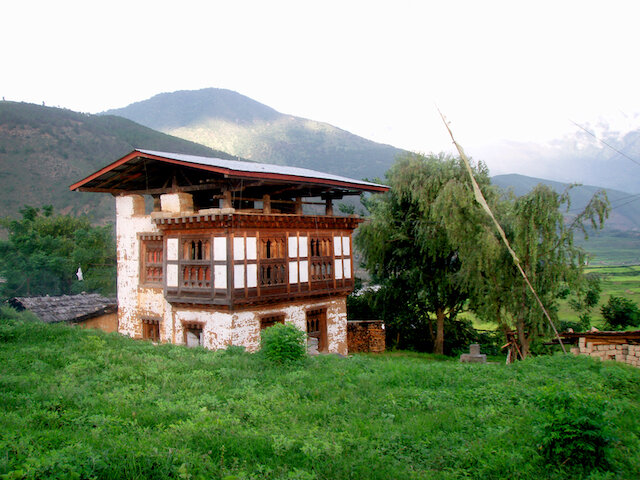

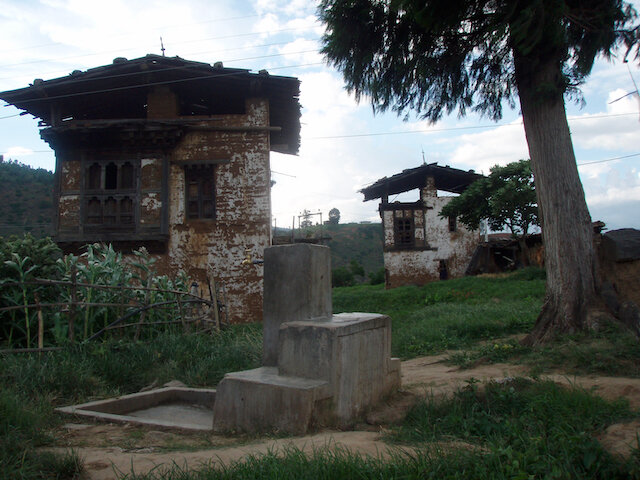



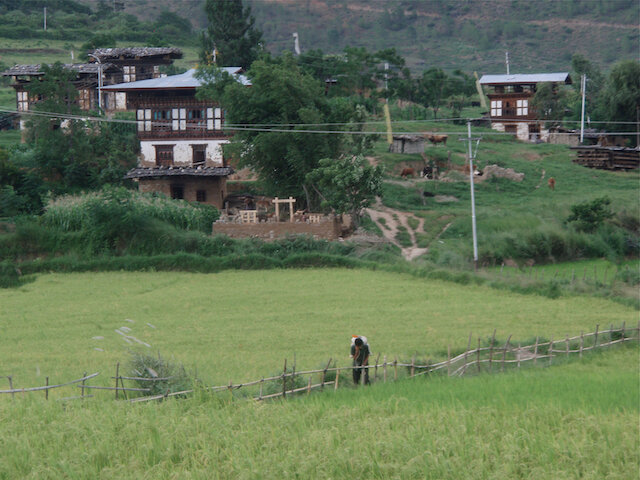
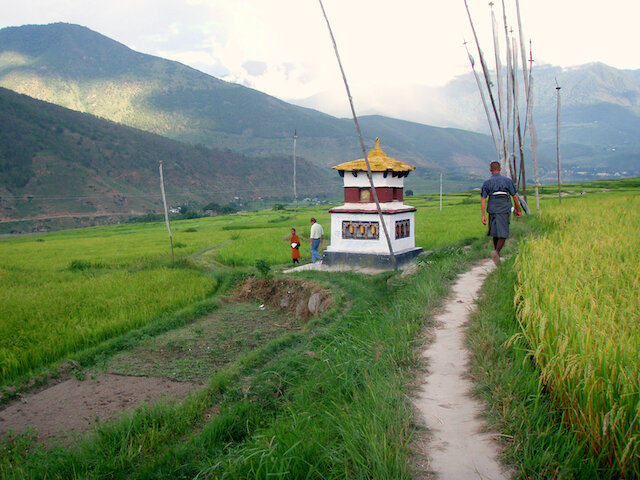


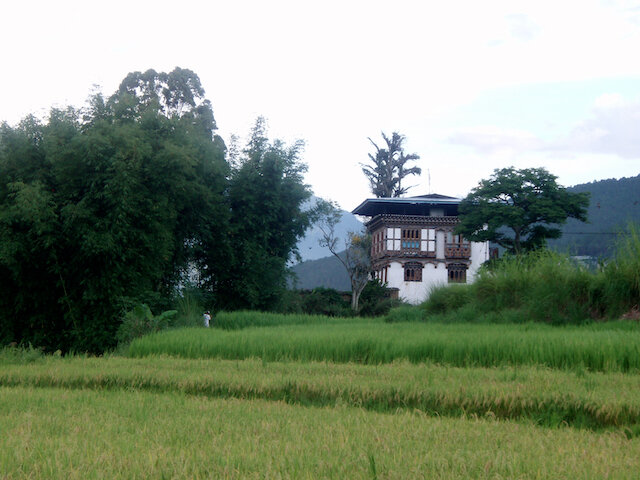

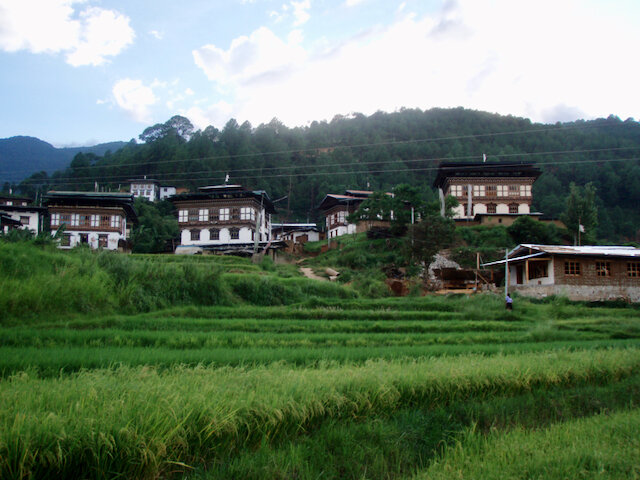
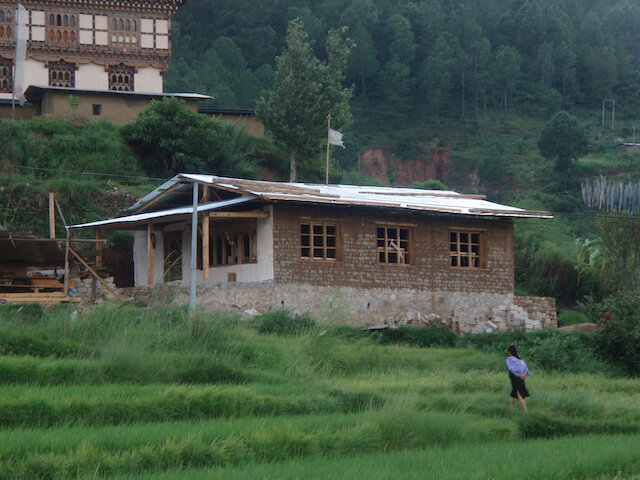

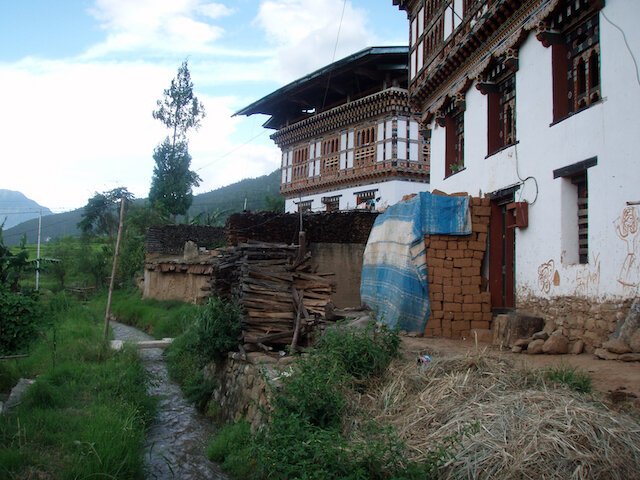


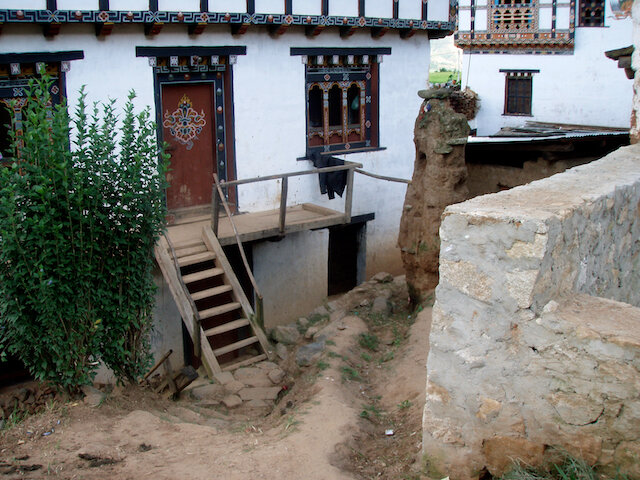
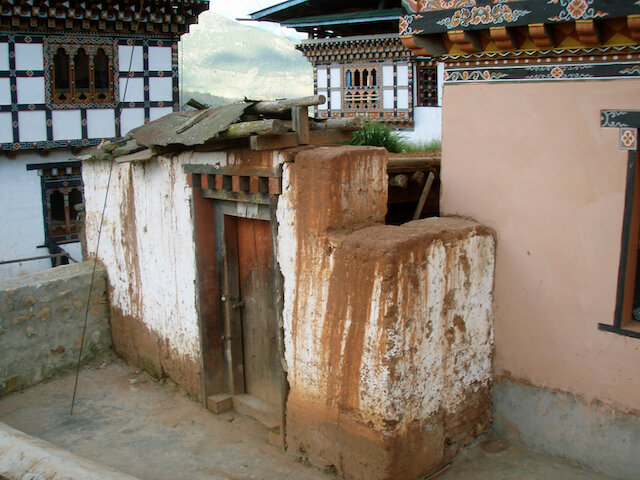



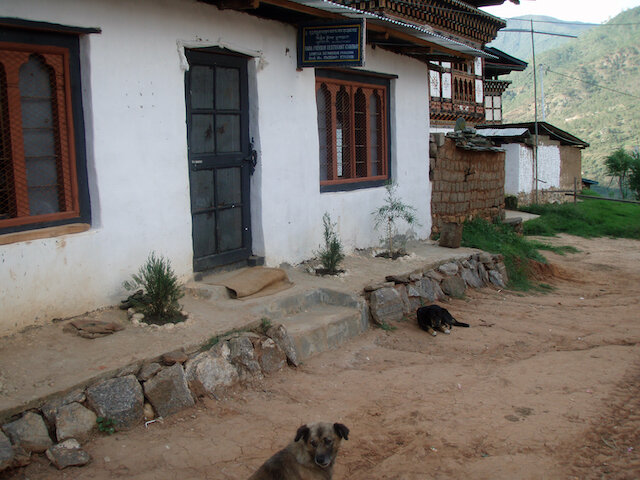

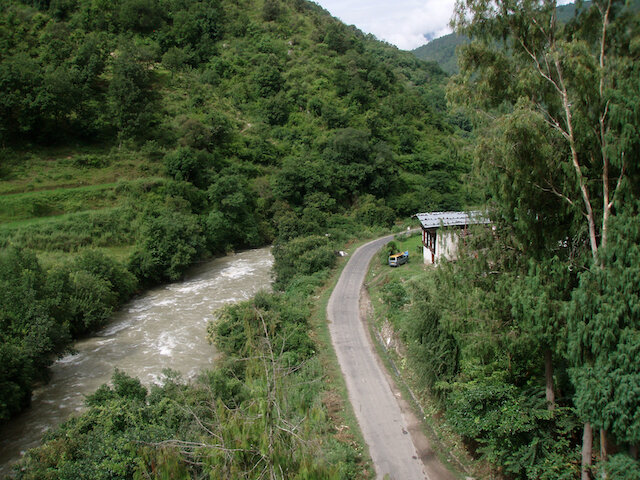

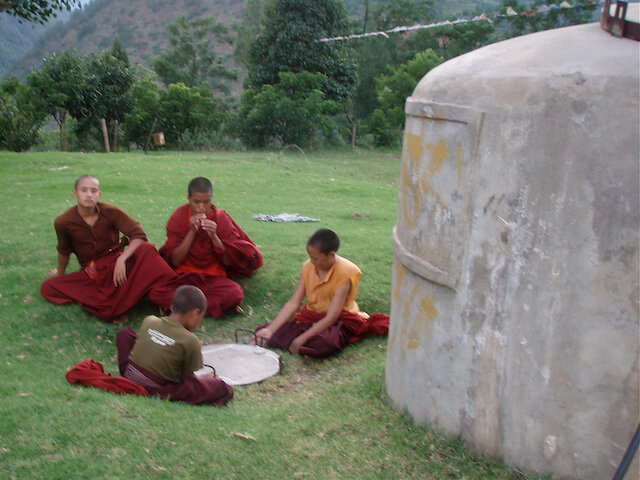


CONCEPT DESCRIPTION
Traditional Bhutaneses culture basis is both regenerative (exists within the cycles of the living world) and distributive (shares value equitably with stakeholders), a model fitting for the Harmony Project.
The typical self-contained walled resort — a compound of villas, public spaces priced by view and size — is deconstructed with the Harmony Project Village format. Sleeping 2-4 people with multiple dining, socializing and in-room wellness options residences are interspersed among existing family compounds (perhaps a five minute walk distance). F&B is delivered to the dwellings, finished and served by attendants, thus wellbeing, F&B and life are experienced within the residence conforming to village life, not within rambling venues among strangers of the typical walled-resort format.
Purpose-built residences using indigenous materials/technology, designed following the traditional family compound (see drawings below) with a small kitchen and assigned attendant (butler), who presumably lives near by perhaps in the same village, are scattered within a working village. Within the Punakha village, a common center is established for additional dining option, arrival, library/gallery, etc as described in the Bali Pinge Farm Village.
The sojourners walk/bike to the center to meet with the naturalists/teachers who lead safaris on the river, village, mountains, learning center, etc.
There is no resort entry gate. Unlike Aman, a “traditional” village is not recreated, rather an existing one is encompassed, (partnered with) and integrated within the experience. The village community is thoroughly engaged, farmers commissioned for produce. Investment is concentrated within the guest residence, not vast public and rambling spa complexes. The aggregated footprint space is likely smaller than the resort compound. Land cost is likely cheeper because contiguous real estate is not necessary. In short, the Triple Top and Bottom Lines are enhanced — the village economy more integrated with little disturbance.
The Bhutan Resource for Life emanates from within an existing village and surrounding farmland, rivers and mountains shared with the inhabitants drawing on their culture and life style’s attributes and lessons.
Youwakha Punakah Village
Indigenous Bhutanese Farm House Detail
EXPERIENTIAL FEATURES
RIVER ADVENTURE
The Pho Chu and Mo Chu rivers confluence at the Punakha Dzong is a thrilling rafting experience.
Rafting on the Pho Chhu and Mo Chhu River confluence
DZONG & MONASTERY VISITATION
Punakha Dzong (photo, left) was the administrative center and the seat of the Government of Bhutan until 1955 when the capital was moved to Thimphu. The dzong is part of the Drukpa Lineage of the Kagyu school of Tibetan Buddhism in Bhutan. It is the second oldest and most majestic dzong in Bhutan and observes Domchethe annual festival held which is largely attended by people from all villages and far places of the district.
Chimi Lhakhang Lakhang (temple) and school overlooking the river (photo, below)




